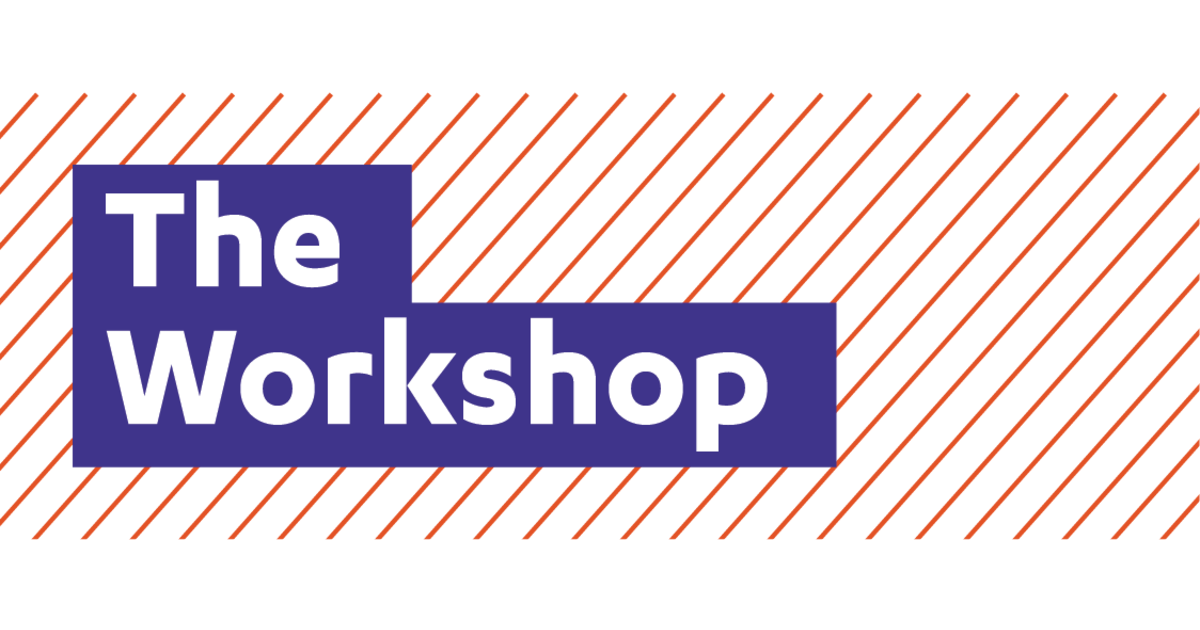Strategic shifts that make your stories easy to hear, understand and share
Shift to helpful narratives
We can unlock change by shifting to helpful narratives. Helpful narratives make it easier for people to see an issue for what it is and understand how it came about. Helpful narratives are designed to divert people away from the unhelpful narratives that act as a barrier to understanding the issues more deeply. When woven throughout all our communications, helpful narratives encourage deeper understanding and build support for the system-level solutions that will make life better for people and the planet.
Using a helpful narrative avoids negating an unhelpful narrative and stories of people opposed to your solutions, which only works to spread it further.
Shift to all of us values
Values are the ‘why’ of our actions and lives. We all have many values, many of which we share as humans. Depending on context, experience, and framing, we can prioritise particular values at different times. By framing particular helpful values, we can connect people and their deepest motivations to our issues and help them perceive how they’re relevant to them. Starting with helpful values ensures we avoid a key communication trap — starting out with problems and fear, which is very demotivating for many people.
Common Cause Australia have created a values map is based on the Schwartz theory of basic values developed through decades of research and hundreds of cross-cultural studies. It maps 57 consistently-occurring human values based on data from over 60,000 people around the world.
Shift who you focus on
Narratives can help most people shift their mindsets — but not all people. Focusing your stories and communications on those who are open to understanding and persuasion makes the most of your time, energy, and resources.
People open to understanding and persuasion are the majority of people on most issues. They don’t have a firm view one way or another and can be engaged and mobilised by helpful narratives and explanations.
Supporters already understand the need for change. They play an important role in sharing stories with people who are open to persuasion.
People who are firmly opposed have strong and fixed views on an issue. They are unlikely to be shifted by anything except a deep personal experience. Avoid using the narratives and arguments of those firmly opposed so you avoid repetition and mythbusting.
Shift to your vision
Having a compelling vision for a better world inspires hope and action. A vision helps us as communicators know what we’re working towards and helps our audience see and believe that change is possible. This can overcome our fast-thinking bias that makes it hard to believe that change is possible.
A great vision describes in tangible ways what it will look and feel like once the changes have been made, focusing on the end result not the steps we need to take to get there.
Shift to explaining rather than describing
Explanations deepen people’s understanding of why a barrier or problem exists and what can be done about it. When we simply describe problems or solutions instead of explaining them, we don’t shift the deeper unconscious explanations people are drawing on (shared mindsets).
A good explanation shows people how the problem happened, what the impact was, who made it happen and therefore who can create change, and what works better. Effective explanations use facts as a character in the story rather than facts being the whole story.
Naming the people who can make change as part of your explanation helps identify responsibility and power. If you or your organisation are the ones able to make the change, name yourself or have your allies do it. Naming an agent helps you avoid the passive voice. Not naming yourself ignores your power and can undermine trust.
Shift together
For mindsets to shift we need to work together to turn up the volume of the helpful narratives. We do this by telling as many stories as possible that use the words and images of the helpful narratives, making it stronger. This takes time, commitment, and consistency between people who share goals.
When shifting together each person or organisation can use their own tone and style in their stories. Individual stories can be told by different messengers, in different formats, and across different media. The key is to ensure the helpful narrative is woven through all the stories like a golden thread that pulls the stories together. This creates a powerful pattern that can shift how people think and reason.






